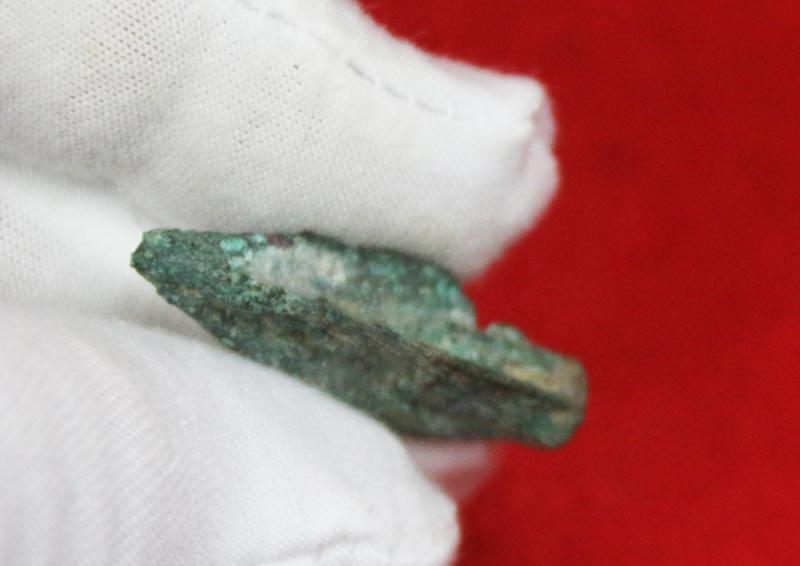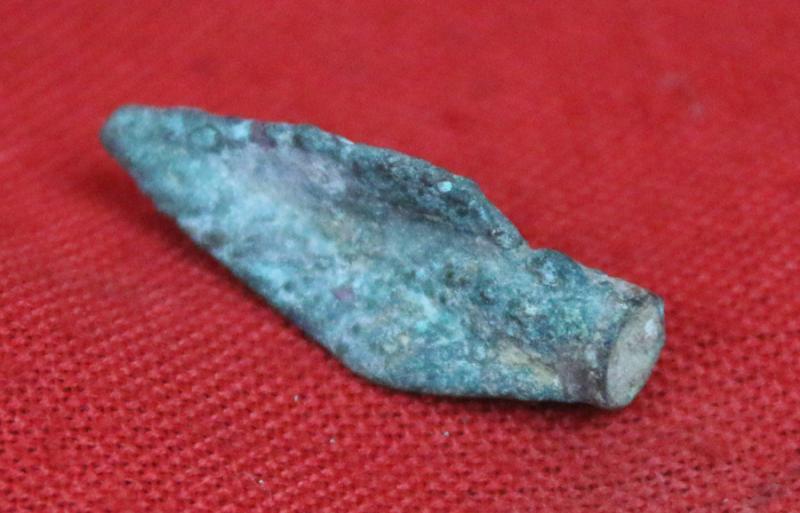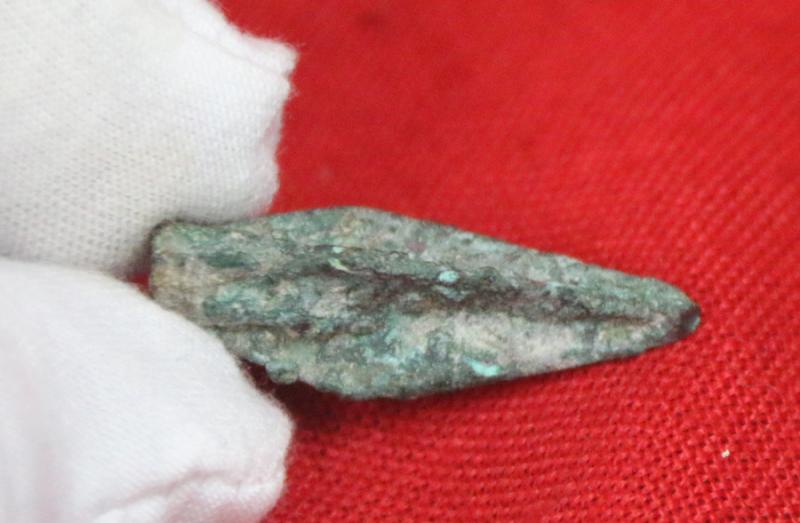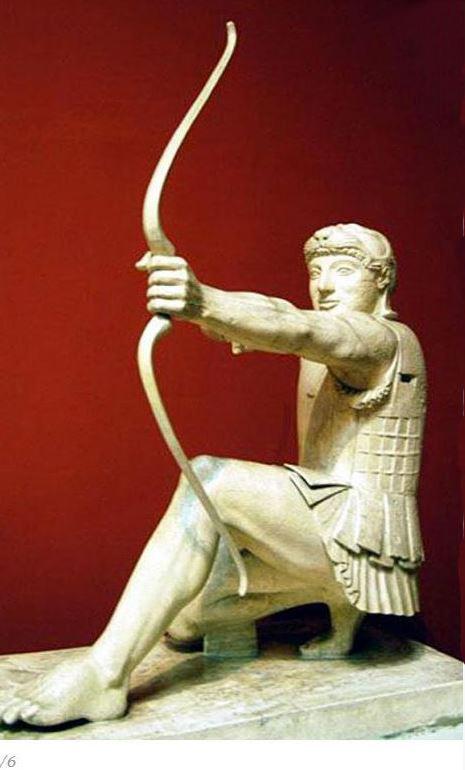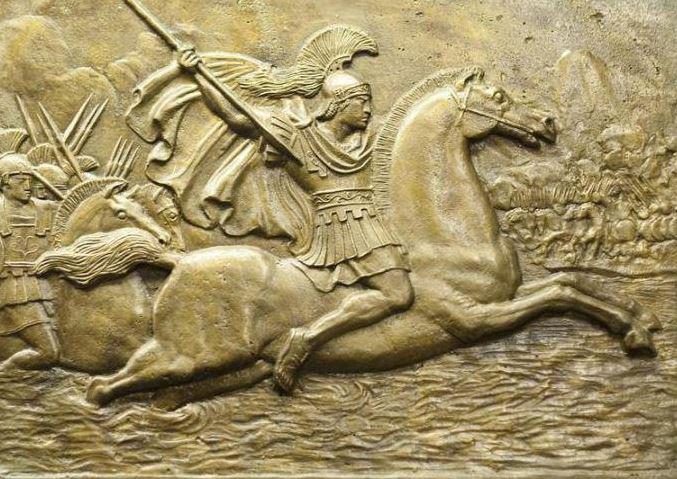An Original Arrowhead From the Time of Alexander the Great’s War Against Persia, The Battle of the Granicus River, in 334 BC. The Battle Site Was Near The Legendary Site of the City of Troy.. Acquired On a Grand Tour in 1820
A stunning conversation piece, that would make a unique gift for a friend or loved one. Original, small arrow head in delightful condition showing good and beautiful natural aged ancient patina. They were all small heads at that time, as the arrow haft and flight was long and naturally did the major part of the action, but that was the organic part of the complete arrow, that simply rot away within a century in the ground, just leaving the remarkable bronze age head remaining.
Acquired in the 1820's while on a Grand Tour of Northern France and the
Ottoman Empire.
Discovered over 200 years ago in the region of The Battle of the Granicus River during what was known at the time as 'The Grand Tour'. And acquired by us as part of a collection of original antiquities from the Hamilton family of Scotland.
We are very privileged to be the UK’s premier original military antiques gallery and website, and to be able to consistently, continually, and regularly, offer the finest original collectors items in our shop for over 100 years
Fought in May 334 BC it was the first of three major battles fought between Alexander the Great and the Persian Empire. Fought in Northwestern Asia Minor, near the site of Troy, it was here that Alexander defeated the forces of the Persian satraps of Asia Minor, including a large force of Greek mercenaries led by Memnon of Rhodes.
The battle took place on the road from Abydos to Dascylium (near modern-day Ergili, Turkey), at the crossing of the Granicus River. Where the ancient Greeks best perceived the need for archers was
when an expeditionary force came to them: if an ancient city knew a siege was facing them, what preparations would they make As Mitylene prepares to secede from the Athenian Empire (428), we see the city taking three preparations to undergo a siege:
one was to buy grain,
second was to raise the height of the walls, and
the third was to bring in archers from Thrace.
In a siege, the defenders always have the height advantage. They are throwing or shooting from the city walls, the offense is shooting from the ground. Mathematically, the height advantage goes with the square root of two. If, for instance, you are shooting from twice as high, your arrow goes 1.414 times as far. If you are on a battlement 50 feet high, and your opponent is shooting from five feet high, your arrow goes seven times farther than his.
(This is purely mechanical, ignoring aerodynamics.)
The bow, among the Greeks, was the principal weapon for the city besieged. The bow being so effective in this situation explains why the first advance in ancient siege machinery was the movable tower. This
is the invention of Dionysius of Syracuse. You build it out of range, as high as the city walls, or even higher, armour the front with hides, move it up and give your archers a fair chance to clear the city walls.
Here, for once, is a situation where archers are fighting archers as the main event in ancient Greece. Though siege-towers were constructed out of range, there could always be over-achievers: Philip II, king of Macedon (359-336) and father of Alexander the Great, was inspecting
siege-works when he got his most famous wound an arrow from the city walls knocked his eye out.
Archers on city walls turned many a tide, as victorious besiegers routed a city’s land forces, and, in the excitement of pursuit, got too close to the city walls!.
Size approx 33mm long. We have a very few similar all from the collection, this one in the gallery was sold but we have a very few very similar around the same size. However, some are slightly longer, and a larger size, that are up to £95, please enquire directly if required
Code: 24503
65.00 GBP


